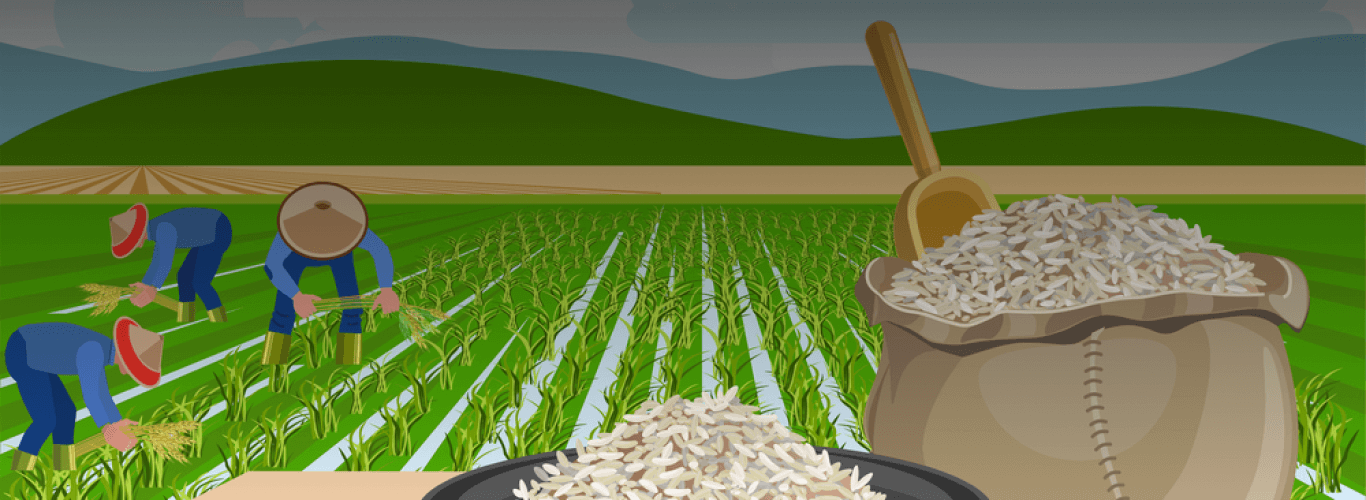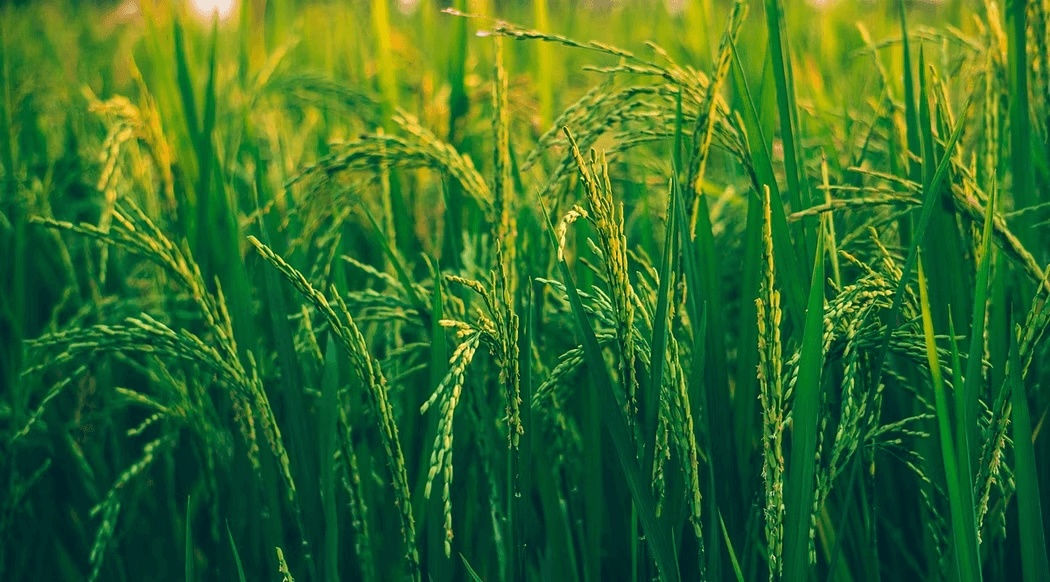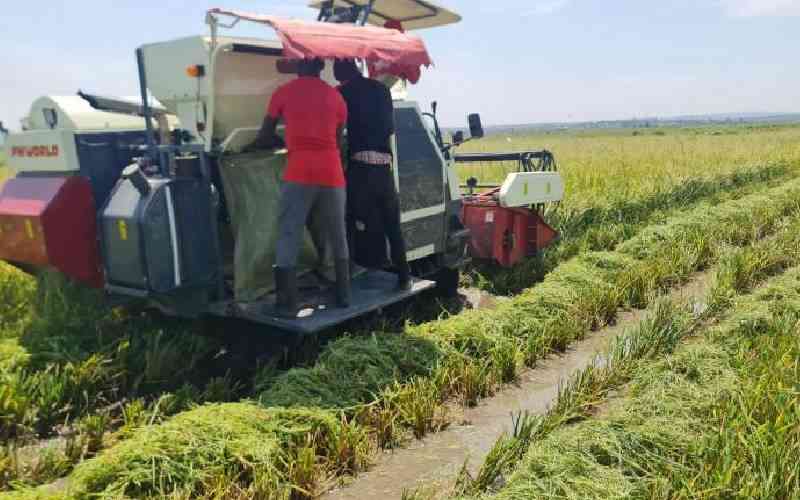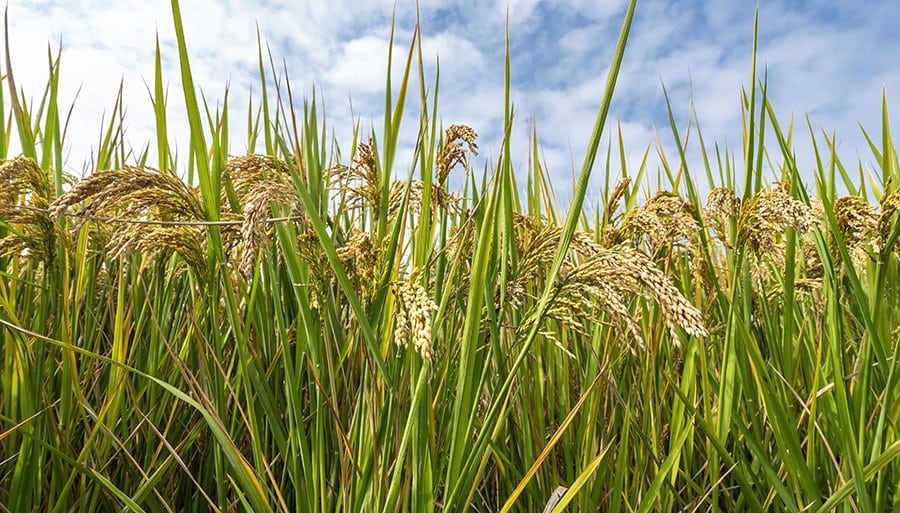Weekly Rice Market
(Indicative Quotes)
Basmati Rice
Basmati Rice | Indicative Quotes | Updated Weekly
Global Market | White Rice
White Rice | Indicative Quotes | Updated Weekly
| Origin | Type of Rice | Variety Name | Broken | Price | Change | High | Low |
|---|---|---|---|---|---|---|---|
| Pakistan | Milled White Rice | Long Grain | 5% | $591 | -18 | $640 | $488 |
| Thailand | Milled White Rice | Long Grain | 5% | $597 | +19 | $669 | $469 |
| U.S | Milled White Rice | Long Grain | 4% | $799 | -5 | $818 | $708 |
| Vietnam | Milled White Rice | Long Grain | 5% | $580 | -3 | $667 | $445 |
News
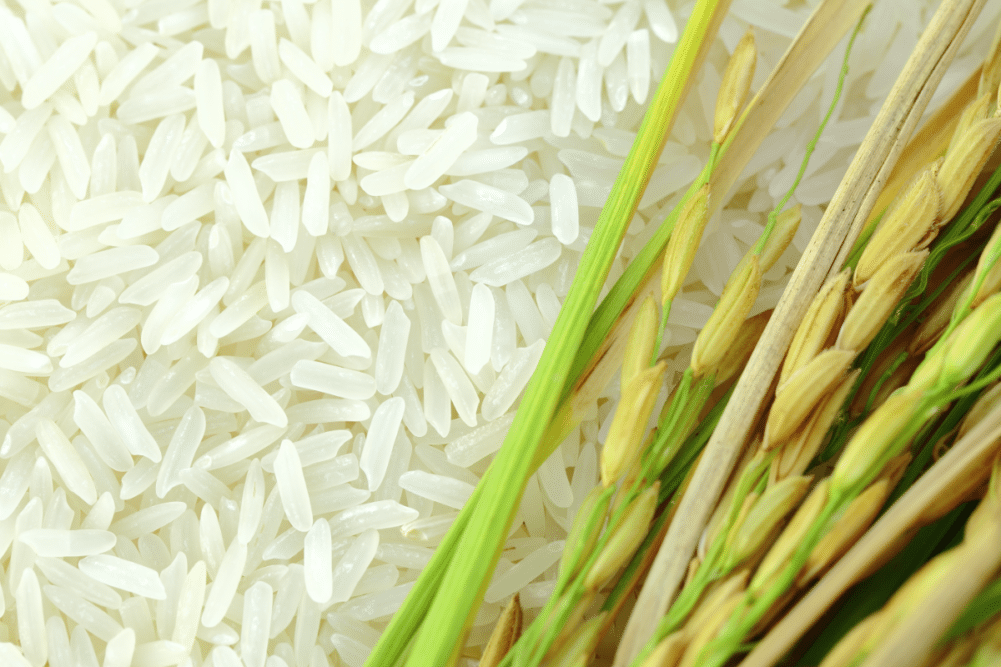
Grain market revie...
Credit: ©YAIBUABANN – STOCK.ADOBE.COM KANSAS CITY, MISSOURI, US –World rice prices have softened in recent weeks as harvesting progresses in some of the major exporting

Breaking Records: ...
19 April 2024, New Delhi: In the fiscal year 2024, basmati rice exports have achieved remarkable growth in both volume and value. According to the latest data, shipments
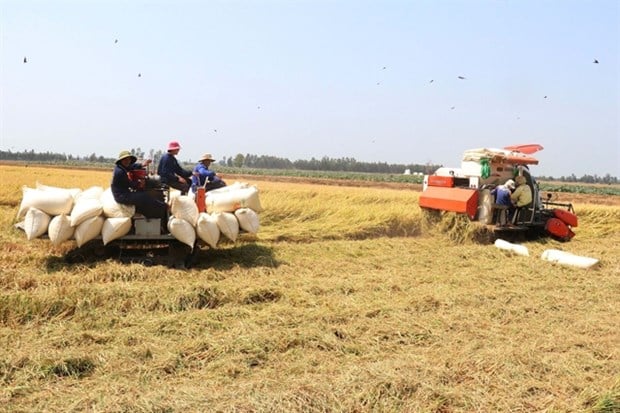
Vietnam earns 1.43...
Vietnam in the first quarter of 2024 exported 2.18 million tonnes of rice, earning 1.43 billion USD, an increase of 17.6% in volume and 45.5% in value year on year. Meanwhile, the

Haiti – Agri...
In its latest bulletin published on April 15, 2024, the Food and Agriculture Organization of the United Nations (FAO – Haiti) indicates that since November 2023, the food
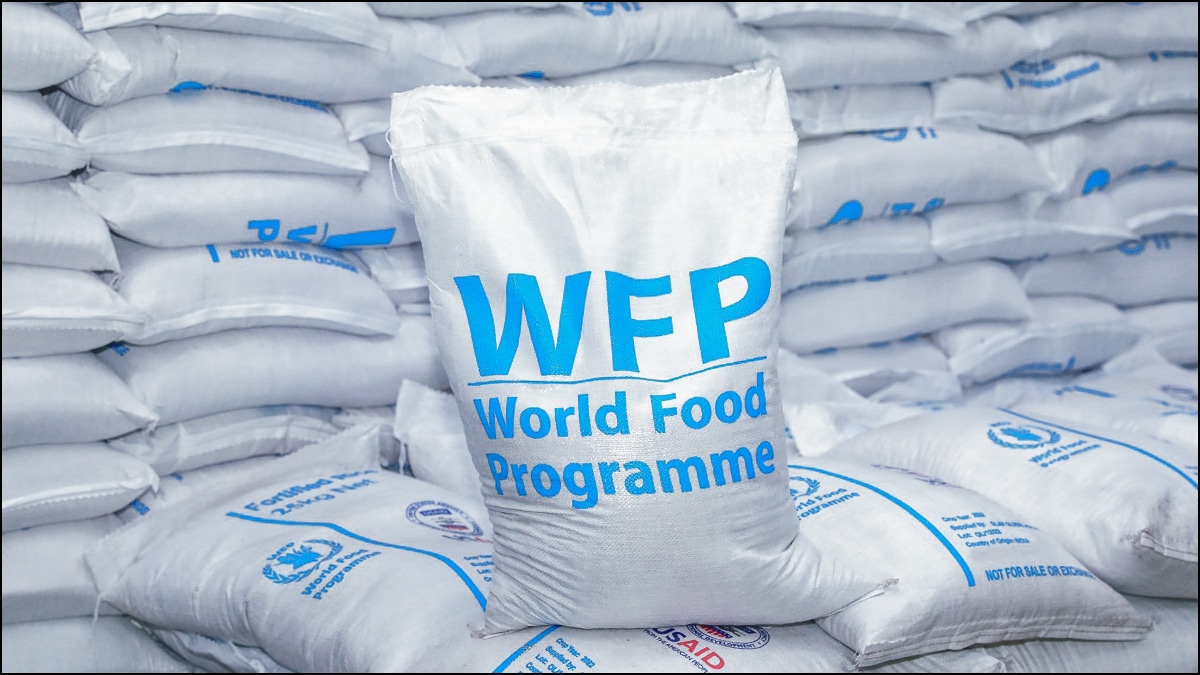
Fortified rice dis...
The distribution of fortified rice, provided by the World Food Program (WFP) on behalf of the program initiated under the instructions of President Ranil Wickremesinghe, to
Statistics
EVOLUTION OF BASMATI RICE IMPORTS FROM INDIA AND PAKISTAN TO EU (IN TONNES BROWN/HUSKED) (Last updated on 2nd April 2024)
| COUNTRIES | PAKISTAN | INDIA | TOTAL (2023-24) | PAKISTAN | INDIA | TOTAL (2022-23) |
|---|---|---|---|---|---|---|
| Belgium | 6,900 | 300 | 7,200 | 19,525 | 2,000 | 21,525 |
| Bulgaria | 6 | 0 | 6 | 0 | 0 | 0 |
| Czechia | 0 | 0 | 0 | 25 | 0 | 25 |
| Denmark | 1,899 | 0 | 1,899 | 1,226 | 0 | 1,226 |
| France | 4,360 | 1,400 | 5,760 | 4,925 | 3,703 | 8,628 |
| Germany | 975 | 792 | 1,767 | 950 | 273 | 1,223 |
| Greece | 0 | 0 | 0 | 0 | 0 | 0 |
| Italy | 23,770 | 2,829 | 26,599 | 29,871 | 10,603 | 40,474 |
| Netherlands | 28,342 | 7,642 | 35,984 | 9,168 | 27,639 | 36,807 |
| Poland | 5,600 | 610 | 6,210 | 4,080 | 1,225 | 5,305 |
| Portugal | 2,800 | 2,446 | 5,246 | 4,750 | 827 | 5,577 |
| Romania | 600 | 0 | 600 | 50 | 0 | 50 |
| Spain | 8,061 | 0 | 8,061 | 32,015 | 3,767 | 35,782 |
| Sweden | 0 | 0 | 0 | 0 | 105 | 105 |
| Grand Total | 83,313 | 16,019 | 99,332 | 106,585 | 50,142 | 156,727 |
Sustainable Rice
Farmers place
Forex Rates
Open Market Forex Rates
Updated at:
From | ||
|---|---|---|
To | ||
| Countries | Currency | Spot Rate |
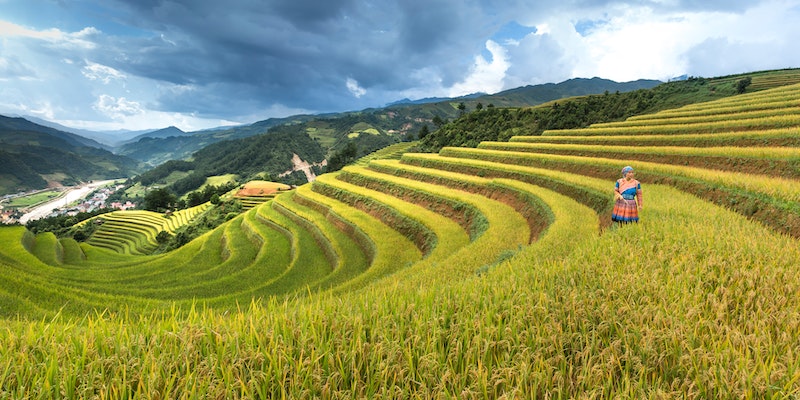
Enjoyed the read?
Join our monthly newsletter for helpful tips on how to run your business smoothly





